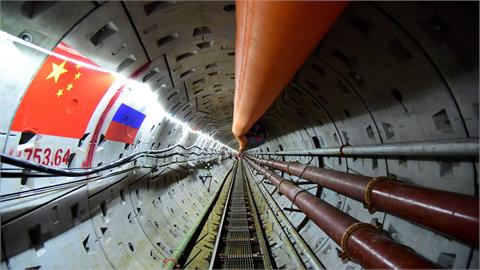The International Atomic Energy Agency (IAEA) is calling on Japan to urgently decide on a plan for the disposition of radioactive, contaminated water at the Fukushima nuclear power plant (NPP), the agency said Tuesday.
The agency's call came after a team, comprising of 13 senior experts, conducted a site review on Nov. 5-13 to the accident-stricken plant, according to the IAEA's statement. The agency found that treated water is accumulating in tanks on site and is expected to reach the currently planned tank capacity within three to four years.
"A decision on the disposition path is needed soon to ensure a safe and sustainable decommissioning and can only be implemented after a regulatory review, with the support of a robust environmental monitoring program and a communication plan," the IAEA said.
With such a decision pending, the agency urged that the government include all stakeholders in deciding on the disposal management of the treated water.
Since the disaster, Japan improved its safety standards and applied new rules and regulations for all nuclear plants in the country to ensure safety.
The team acknowledged that since a mission in 2015, many accomplishments were made, including the repair of sub-drains and construction of the frozen soil wall around reactor Units 1-4, the construction of storage and processing facilities for the safe management of solid radioactive wastes, improving site working conditions and the removal of spent fuel from Units 1-3.
"Given the severity of the challenges faced from the outset of the accident, one can only be impressed by the dedication and the achievements of the people involved," said team leader Christophe Xerri, director of the IAEA’s division of nuclear fuel cycle and waste technology.
"Despite these achievements, many challenges remain to be tackled in the decommissioning process. And ensuring safety in this complex situation requires sustained daily attention," Xerri said. The team plans to deliver its final report to the government by the end of January.
- Fukushima disaster
On March 11, 2011, a massive 9.1-magnitude quake hit 231 miles northeast of Tokyo, triggering tsunamis, which hit the Fukushima nuclear power plant, melting its reactors.
After the disaster, the country shut down its 48 nuclear reactors for safety inspections amid intense public demand for the revision of the country's energy policies. The plant is set to fully decommission by 2021. All reactors remained offline between 2013 and August 2015, when the Sendai-1 reactor was restarted in the city of Satsumasendai in the Kagoshima prefecture.



